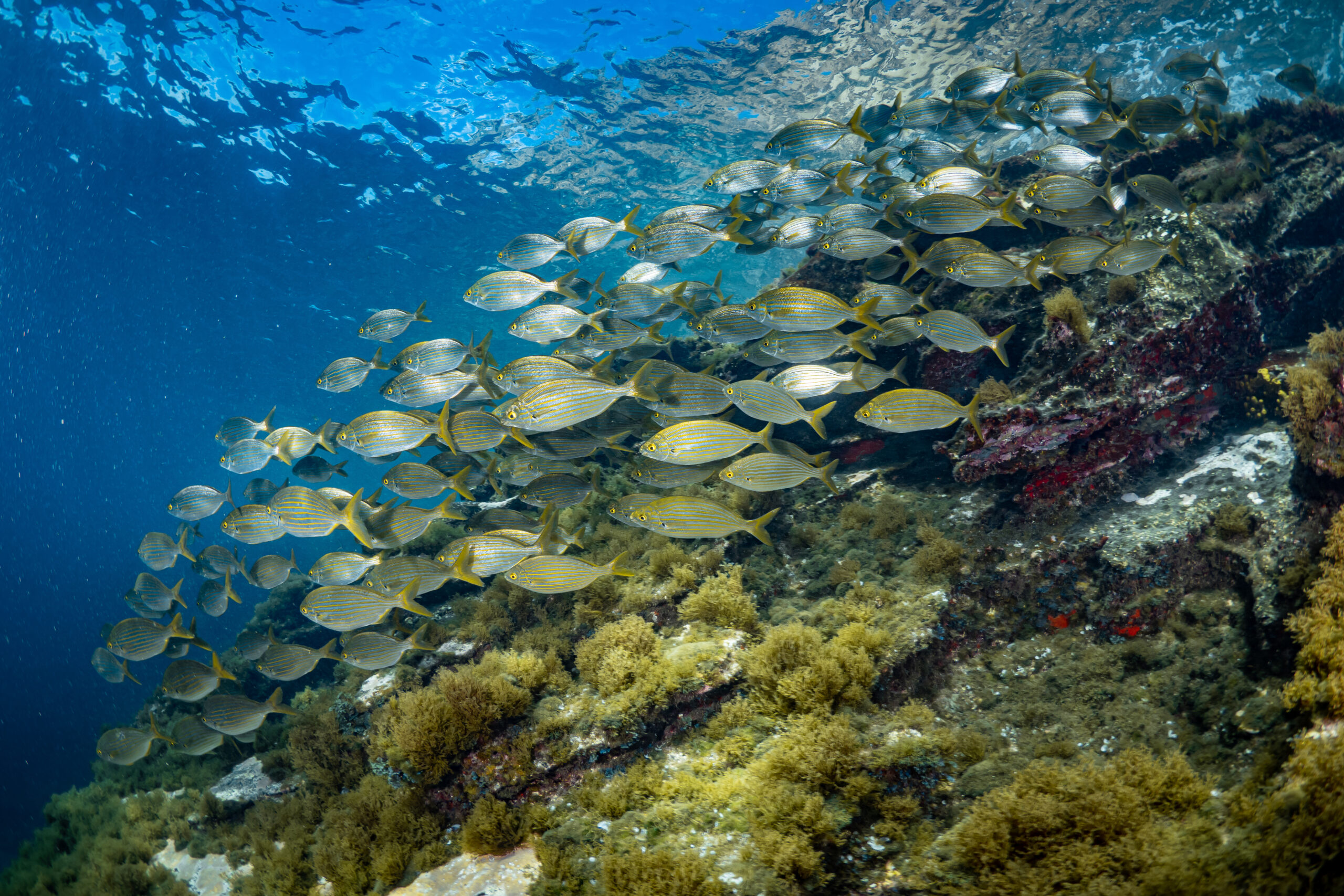Energy & Nature Database
Nature enhancement and restoration projects
Showcase your project
Share your innovative projects with us now and contribute to our growing collection of inspiring work!
Submit project
Criteria for selection
View
Energy & Nature Database
Criteria for selection
Projects are directly linked to or associated with offshore wind and grid infrastructure (on- and offsite).
Projects implemented in the marine environment (TRL 5 or above Technology readiness levels (TRL) are used by the European Commission as a benchmark for the development or maturity of a technical product. The level ranges from TRL 1 (basic principles) to TRL 9 (system proven and in operation) – see HERE .
Projects are collaborative and implemented by at least two partners from different stakeholder groups, such as wind developers, transmission system operators, environmental NGOs, research institutes, and local communities.
Projects aiming to address at least one of the following objectives (link for definitions):Ecological enhancement Ecological enhancement can be achieved through the application of nature inclusive designs , which are options integrated in or added to the design of anthropogenic structures aiming to having positive outcomes on biodiversity (Stephenson, 2022 ). *Note that nature enhancement and restoration measures can be implemented as compensation measures to offset the environmental impacts caused by infrastructure development. When this is the case, this will be clearly indicated.
Restoration of marine ecosystems Restoration of marine ecosystems refers to actions that support the recovery of ecosystems degraded, damaged, or destroyed (Stephenson, 2022 ). *Note
Projects have monitoring actions in place (or monitoring actions planned) aiming to demonstrate the impacts of their nature enhancement or restoration objectives.
Stakeholder engagement Stakeholder engagement refers to the process of involving individuals, groups or organisations that are affected by or have an interest in a specific offshore wind or grid development project. The process of engaging with stakeholders should be timely, transparent and inclusive, it should go beyond what is legally mandatory, and have the potential to influence decision making and the outcomes of the project (for instance, by following AA1000 Stakeholder Engagement Standards ).
Knowledge sharing Knowledge sharing refers to actions implemented in an offshore wind or grid project aiming to share knowledge and lessons learned by making project information available and understandable to the public (website, brochures, reports) or by directly engaging with relevant stakeholders (in-person presentations, community trainings and/or workshops). Open sharing of knowledge can facilitate replication and innovation.
Which projects are not a part of the Database?
Projects are not included in the database if they:
are not related to the development of offshore wind and grid infrastructure.
are not implemented in the marine environment or coastal areas.
are in a conceptual phase without being tested yet (TRL 4 or below).
do not address ecological enhancement and restoration.
Projects listed in the Database are meant to inspire actions that go beyond required mitigation measures to proactively enhance nature. Therefore, mitigation measures are not included as their purpose is to avoid and minimise environmental impacts rather than actively enhance and restore ecosystems. Furthermore, avoidance and minimisation of environmental impacts are mandated by law, with specific measures varying from project to project. However, since avoidance and minimisation are crucial for nature-friendly offshore wind and grid deployment, OCEaN also collects mitigation measures via a different workstream: available here.
Multi-use projects are not included in this Database, since their primary goal is not nature enhancement or restoration. Note that the European Commission has a compendium on co-existence and multi-use activities where practitioners can submit their case studies: available here .Monitoring technologies are not included in this Database as they do not directly contribute to the enhancement and restoration of marine ecosystems but instead collect environmental data in the surrounding environment. However, monitoring actions will be included in the description of each project.
The Energy and Nature Database collects and showcases innovative projects that demonstrate how offshore wind and grid infrastructure can enhance or restore marine ecosystems and provide a positive impact on local communities, whose well-being is linked to healthy ecosystems.
Projects included in this database have been implemented in the marine environments by wind energy developers, transmission system operators, research institutes, local communities, and/or environmental NGOs. Although OCEaN works in the European context, the projects included in this database are from around the world. They vary in their objective and scope, ranging from restoration actions to nature-inclusive designs which enhance marine habitats. All practices are being monitored for their impact, and in some cases positive impacts have already been observed.
The aim of this database is to share ideas and lessons that can inform and inspire other projects and that may be replicable if adapted to the local conditions, species, and habitats. The inclusion of a project in this Database doesn’t constitute or imply endorsement from OCEaN Members.
Explore OCEaN’s Nature-Inclusive Design Infographic
error: Content is protected !!
